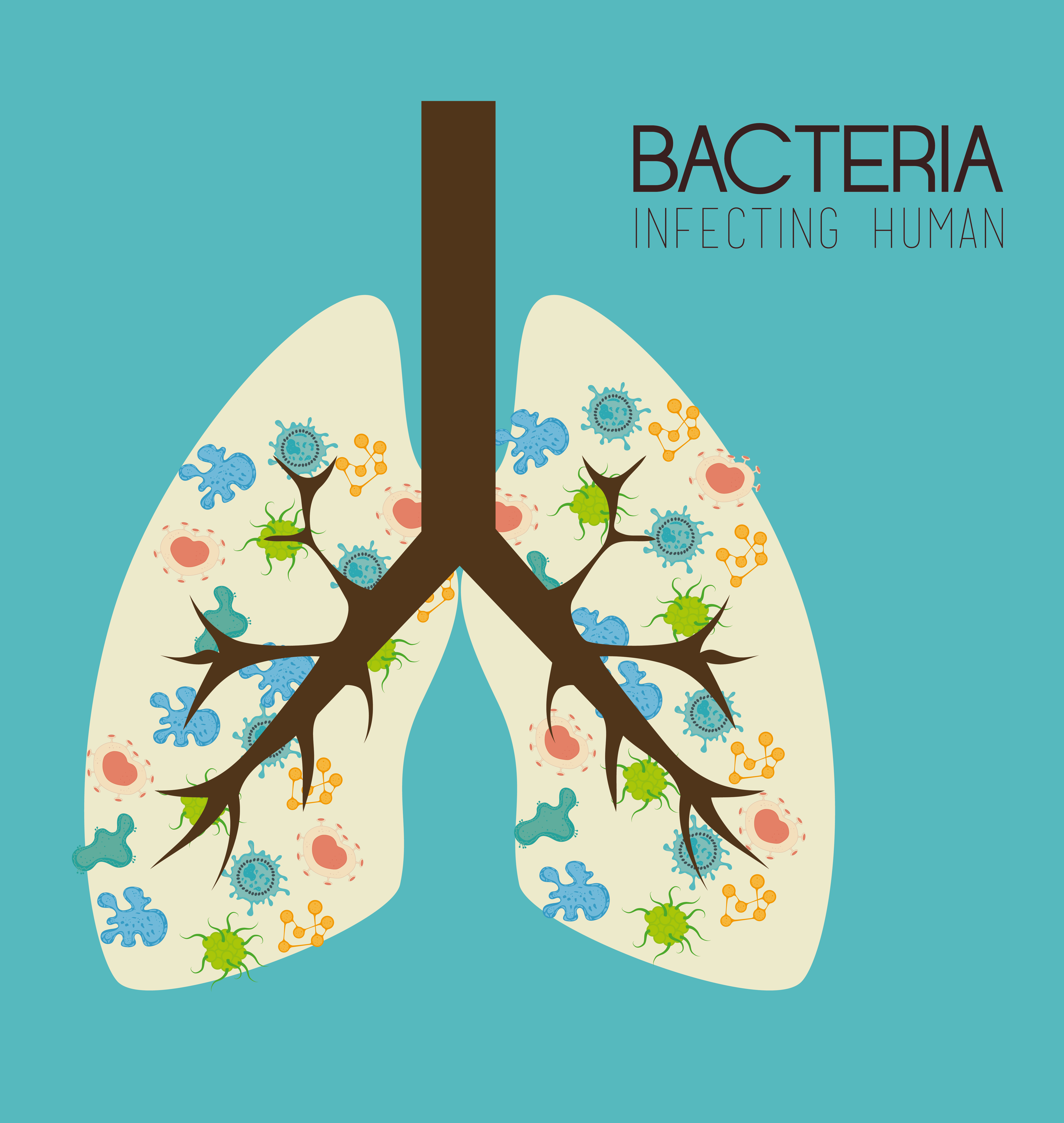A new study revealed that human adherens junctions — a type of protein complex — control the virulence of Methicillin-resistant Staphylococcus aureus, also known as MRSA. The study entitled “The adherens junctions control susceptibility to Staphylococcus aureus α-toxin” was published in the Proceedings of the National Academy of Sciences by researchers from Stanford University School of Medicine in California and University of Geneva (UNIGE) in Switzerland.
Staphylococcus aureus (S. aureus) is a transient skin colonizer and is one of the main causes of skin and soft tissue infections, as well as severe pneumonia. It is also known to be a prevalent pathogen in Cystic Fibrosis. The research community has been making an effort to find new treatments for this bacterium since several strains have become resistant to antibiotics. S. aureus secretes α-toxin that is crucial for the bacterium’s virulence in epithelial diseases. The protein α-toxin functions by injuring the cell and forming a damaging pore across the cell membrane.
The research team decided to investigate potential host cellular factors essential for α-toxin cytotoxicity. The strategy they used, a genetic screen, enabled them to identify the components of adherens junctions, in particular the PLEKHA7 protein, that control the virulence of α-toxin. The adherens junctions enable adhesive contacts between neighboring epithelial cells contributing to the formation of body tissues and seem to play a central role in the spreading of S. aureus infection.
The authors identified a non-essential cytoplasmic member of the adherens junctions, plekstrin-homology domain containing protein 7 (PLEKHA7). They found that although the cells were injured by α-toxin pore-forming protein, cells that did not have PLEKHA7 recovered after the toxin-induced injury.
Manuel Amieva, professor at Stanford’s School of Medicine and co-senior author of the study, said researchers observed mice without PLEKHA7 infected with the methicillin-resistant S. aureus USA300 LAC strain recovering better from bacterial skin infection and showing superior survival from pneumonia.
“Our results indicate that several components of the adherens junctions are involved in controlling the virulence of α-toxin, to varying degrees,” said Lauren Popov, PhD student at Stanford’s School of Medicine and senior author of the study, in the news release.
These findings suggest that adherens junctions are crucial in the control of cellular responses against the powerful α-toxin pore-forming bacterial protein and identified PLEKHA7 as a potential non-essential host target to decrease S. aureus virulence during epithelial infections.
Currently, the researchers are investigating the mechanism by which PLEKHA7 controls the action of α-toxin. They hypothesize that this protein may exacerbate bacterial toxicity by transmitting signals and triggering self-destruction of the cells. Moreover, they are exploring new forms of inhibition of this protein to decrease bacterial spreading.

